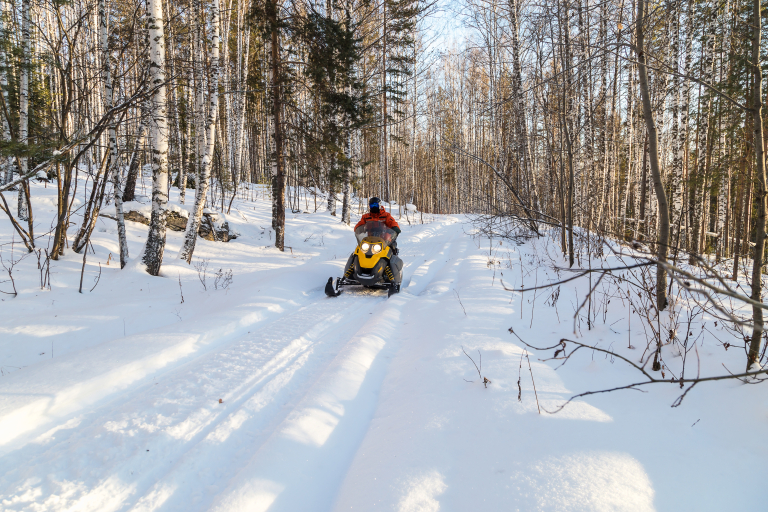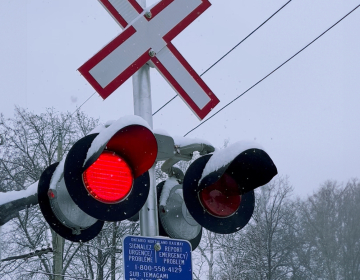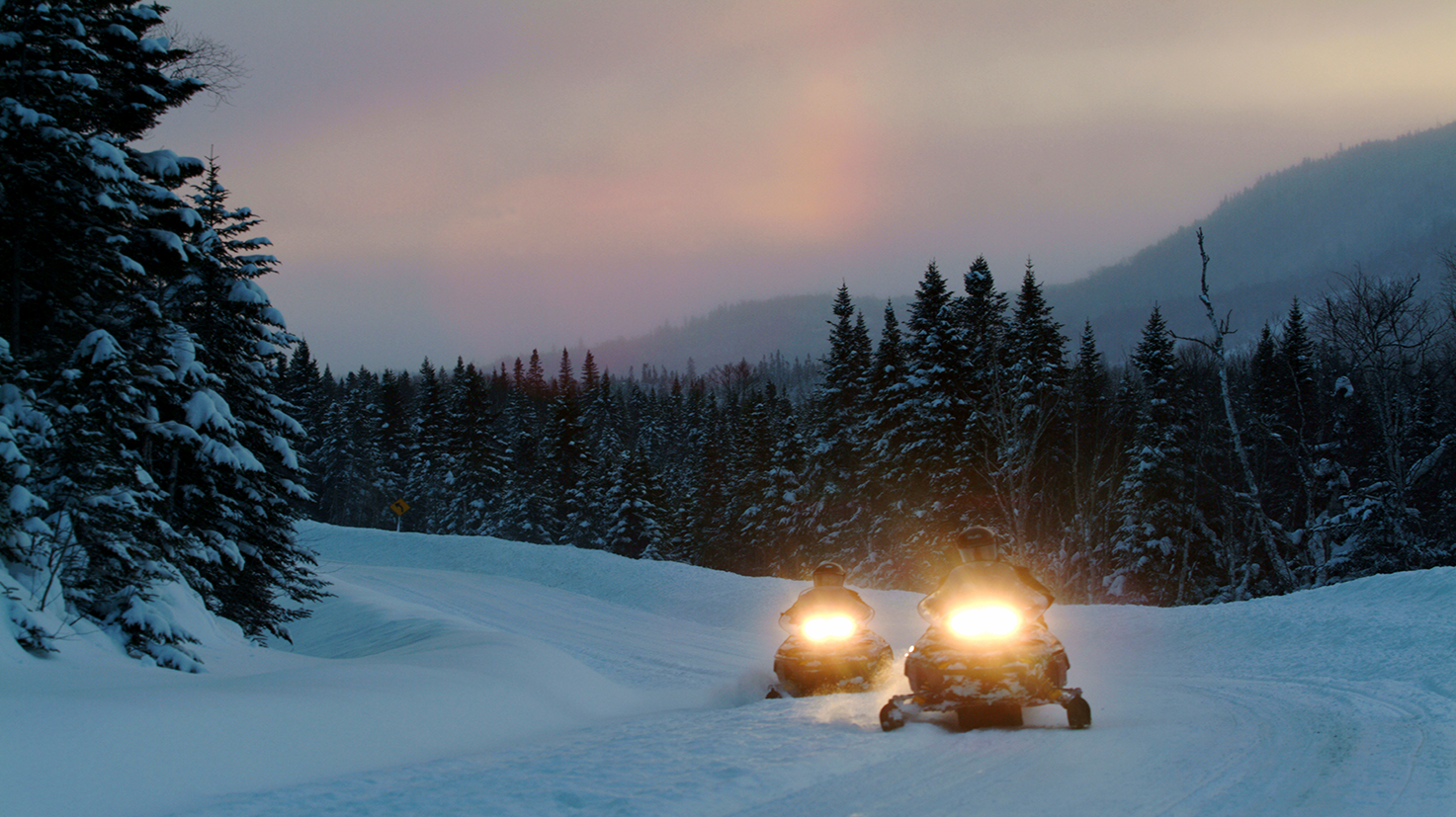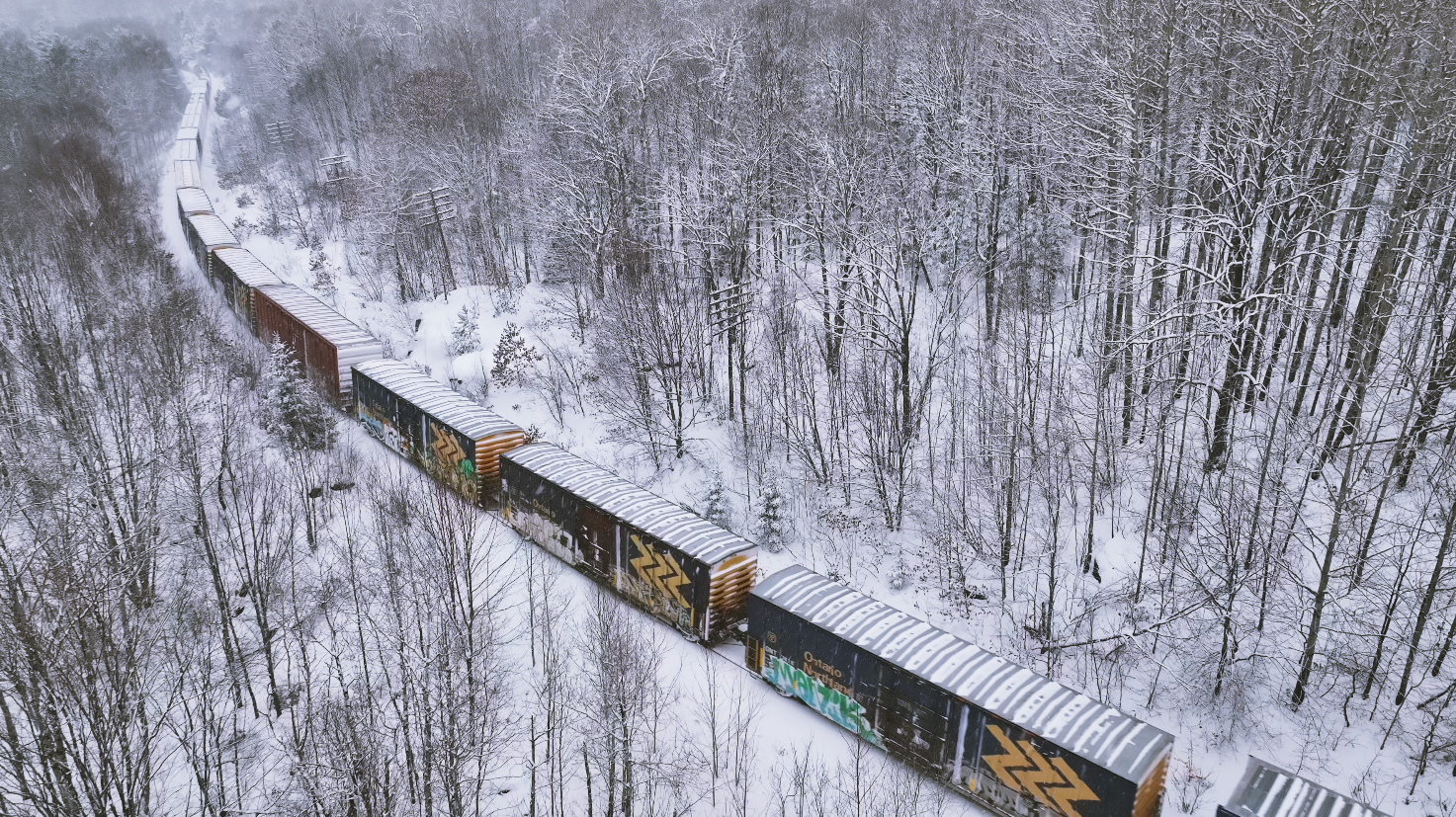Winter Recreation and Rail Safety

As many of us gear up for snowmobile adventures, it's crucial to prioritize safety, especially when it comes to navigating railway crossings. Riding on or near railroad tracks poses significant dangers. Let’s explore some essential rail safety tips for snowmobilers and other winter recreational vehicle enthusiasts.
Use Designated Railway Crossings: It's imperative to always utilize designated railway crossings when crossing railroad tracks. Attempting to cross at any other point can be life-threatening. Trains can approach from either direction at any time. Look out for signs along trails that indicate an upcoming railway crossing.
Stop, Look and Listen for Trains: When approaching a designated crossing, exercise caution by slowing down, looking both ways and listening for oncoming trains. Proceed only when confident it is safe to do so. If warning signals are active or a train is approaching, stop behind gates or designated stop lines, maintaining a distance of at least 5 meters from the closest rail. Cross only when signals have ceased, ensuring no other trains are imminent.
Stay Off the Tracks: Trespassing on railway property is both hazardous and against the law. Stick to approved trails, avoiding railway tracks, tunnels, and bridges. Trains are wider than rails, leaving minimal space for your vehicle. Choose safety by keeping a safe distance from the tracks.


Keep Your Distance: Even riding alongside train tracks poses risks, as external factors such as helmets, engine noise, and wind can hinder your ability to hear approaching trains. In winter, the snow dust kicked up by passing trains can drastically reduce visibility. Always maintain a safe distance from the tracks to mitigate potential dangers.
Leave Your Vehicle If It Stalls or Gets Stuck: In the event of a breakdown on railway tracks, prioritize personal safety by immediately vacating the vehicle and moving at least 30 meters away from the tracks. Contact the railway company using the posted railway emergency numbers or call 911 if necessary. Attempting to move a stalled vehicle from the tracks is not safe.
Extra Caution at Night and in Winter: Nighttime and winter conditions present additional challenges, reducing visibility and making it harder to detect approaching trains or crossings. Exercise heightened caution during these times to ensure a safe and enjoyable winter recreational experience.
Model the Right Behavior: Set a positive example by consistently following rail safety rules. Younger or less experienced riders often learn from observing others, making it crucial for seasoned enthusiasts to demonstrate responsible behavior.
For a printable resource with this information and more rail safety tips, see https://www.operationlifesaver.ca/resources/.
